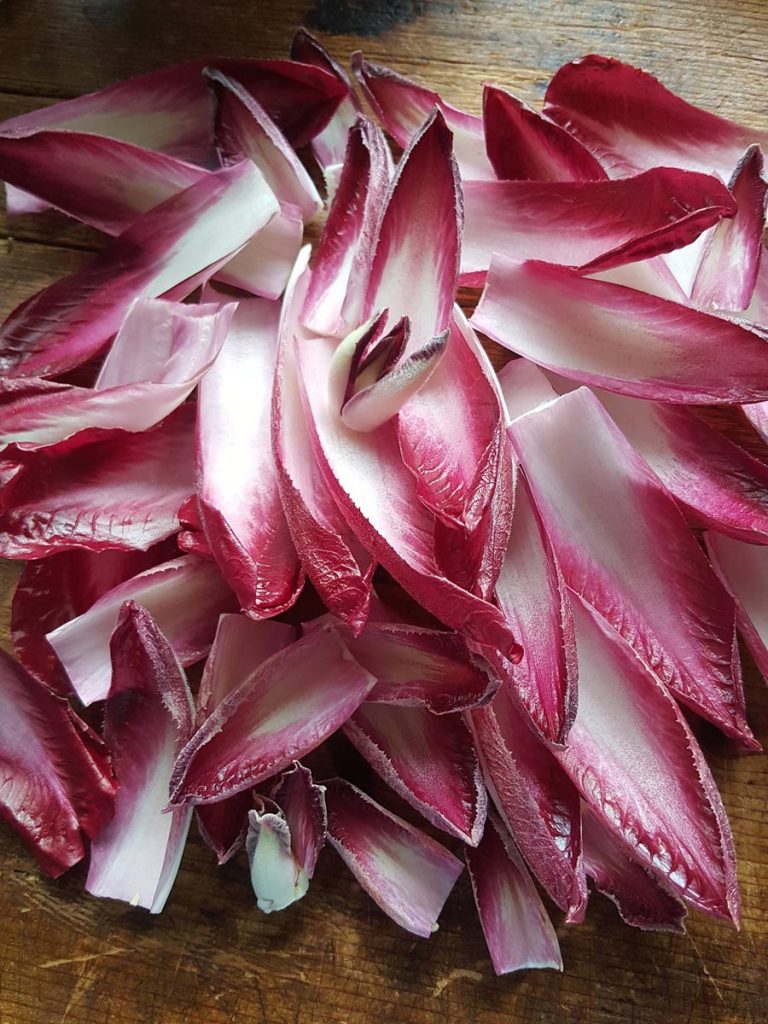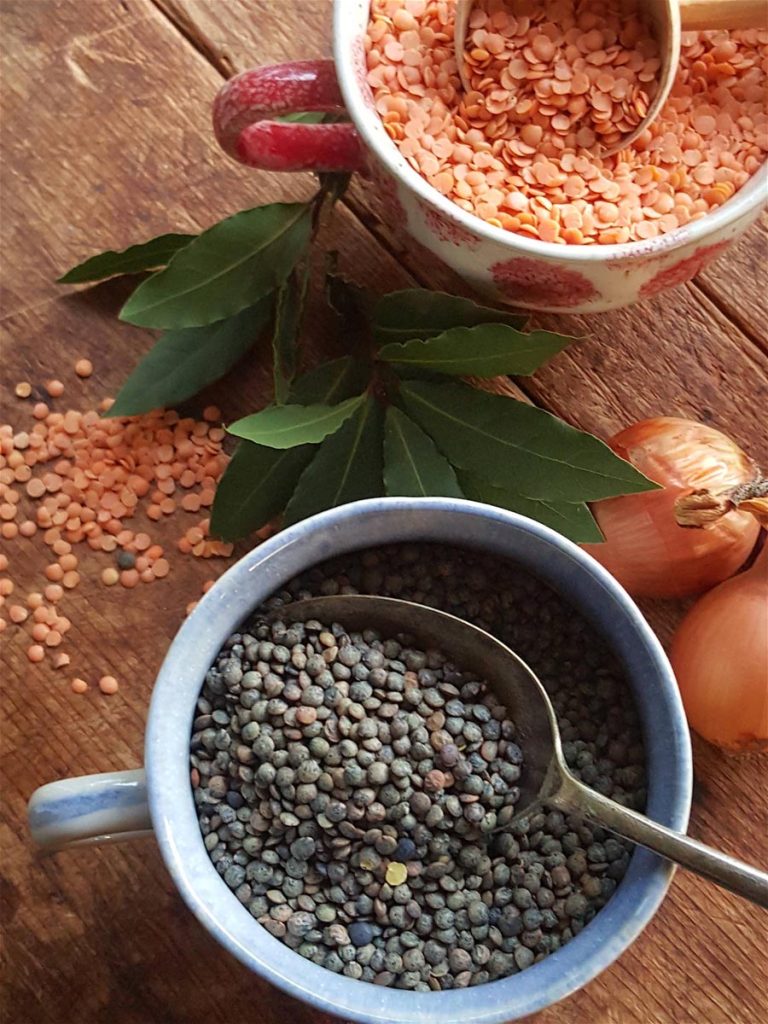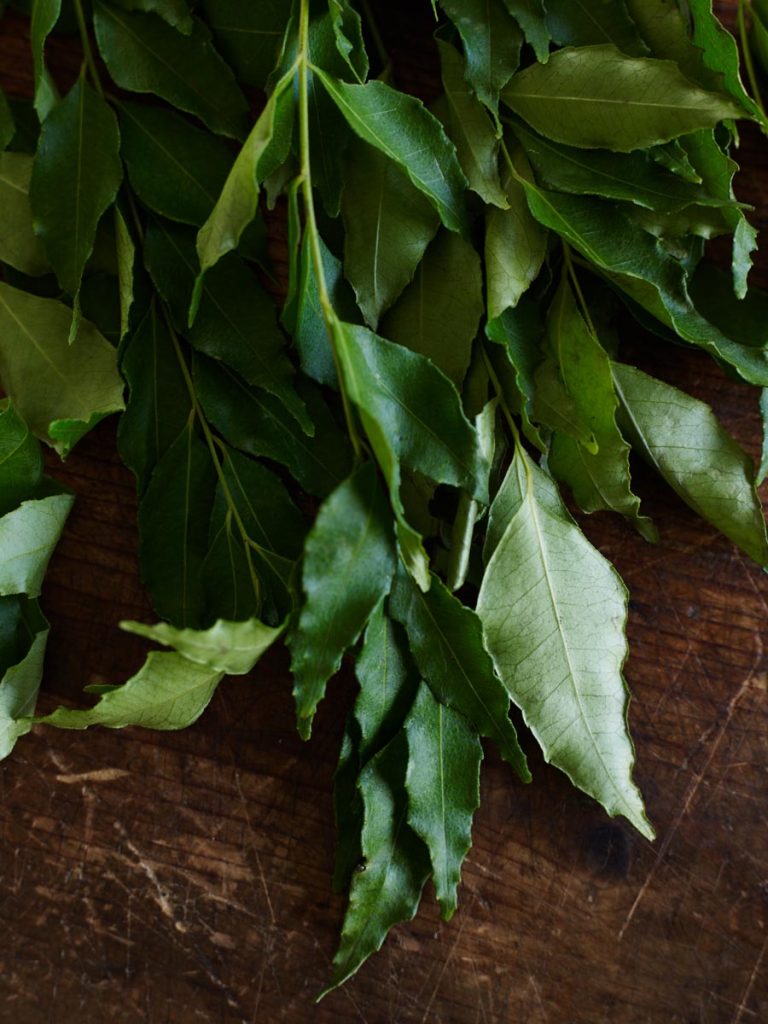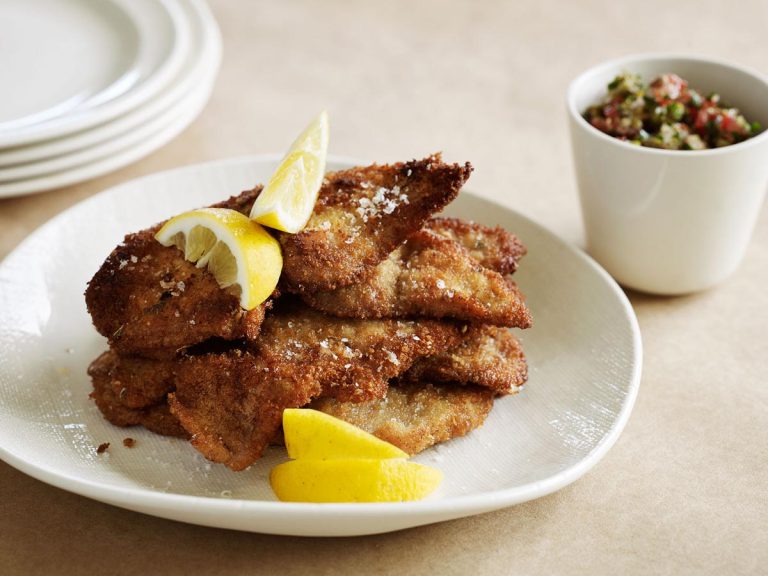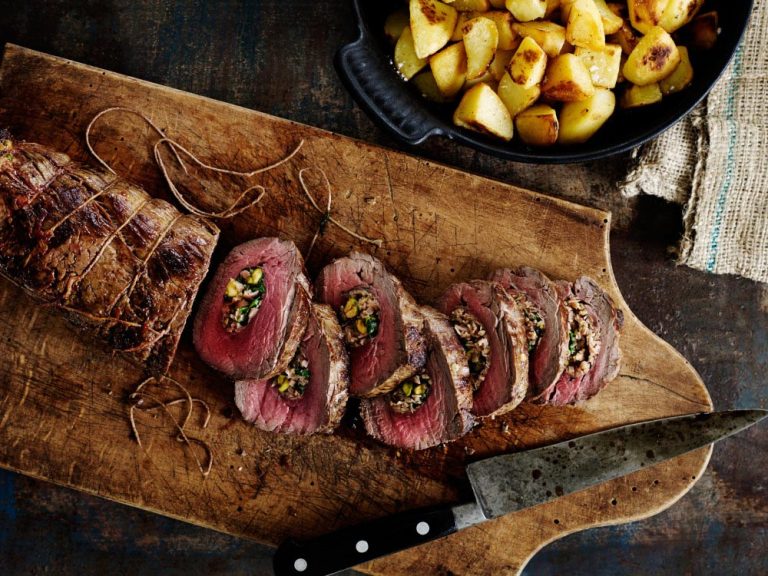Fennel – fancy things up with feathery leaves or pollen
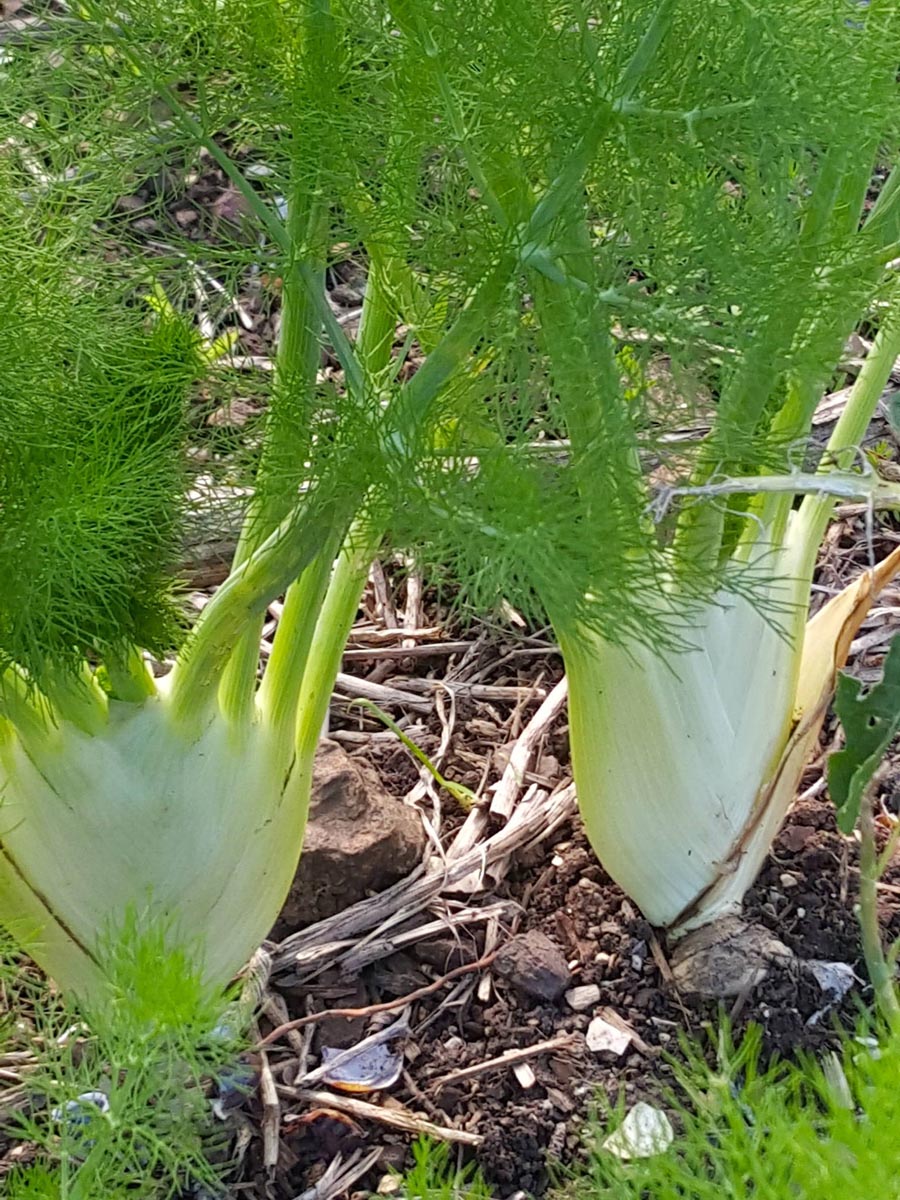
If I could resist harvesting my fennel bulbs, they would have babies, slim fennel-ettes would start forming that I could pluck out leaving the plant to continue growing and forming more of the same. But I can’t, of course.

